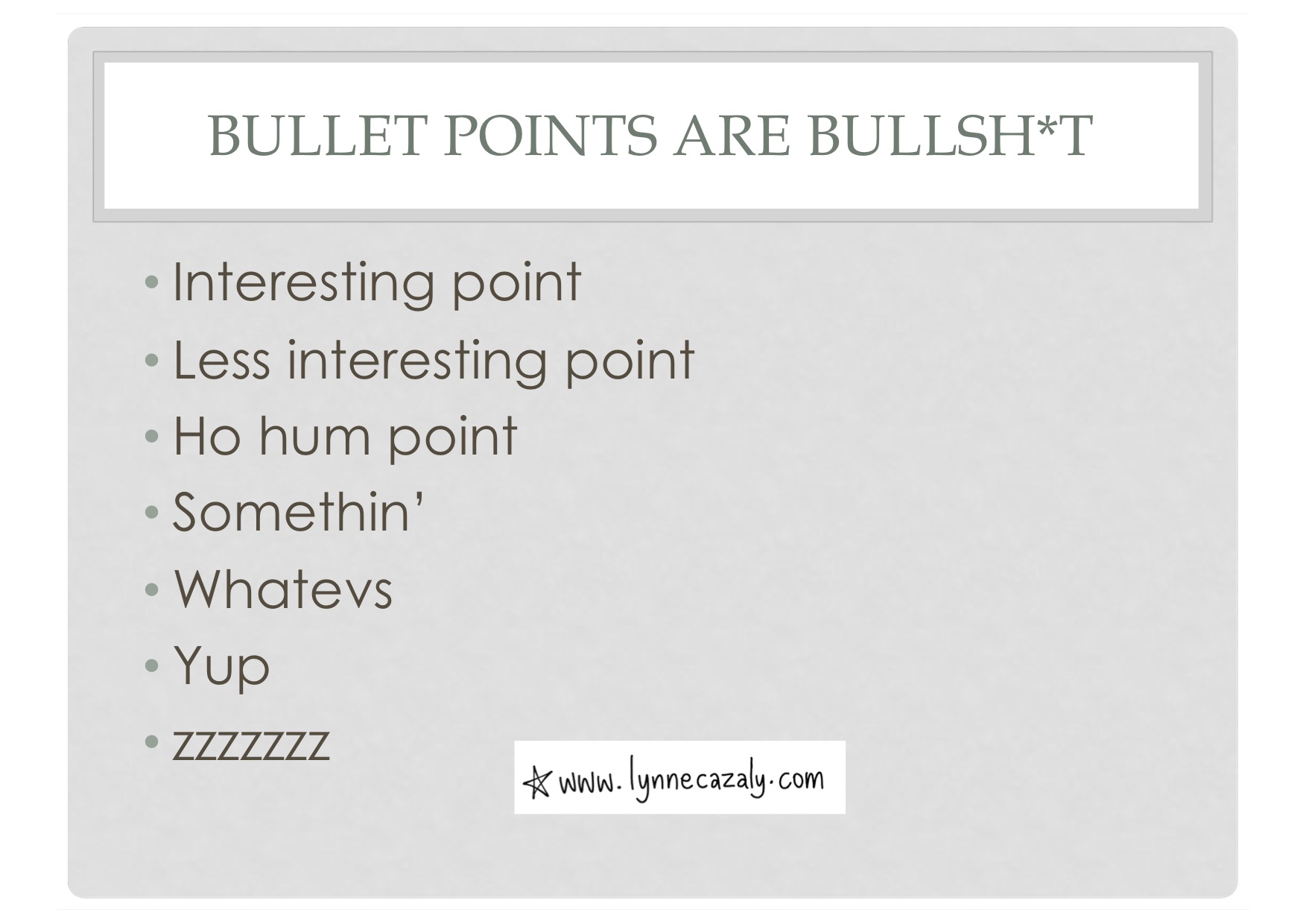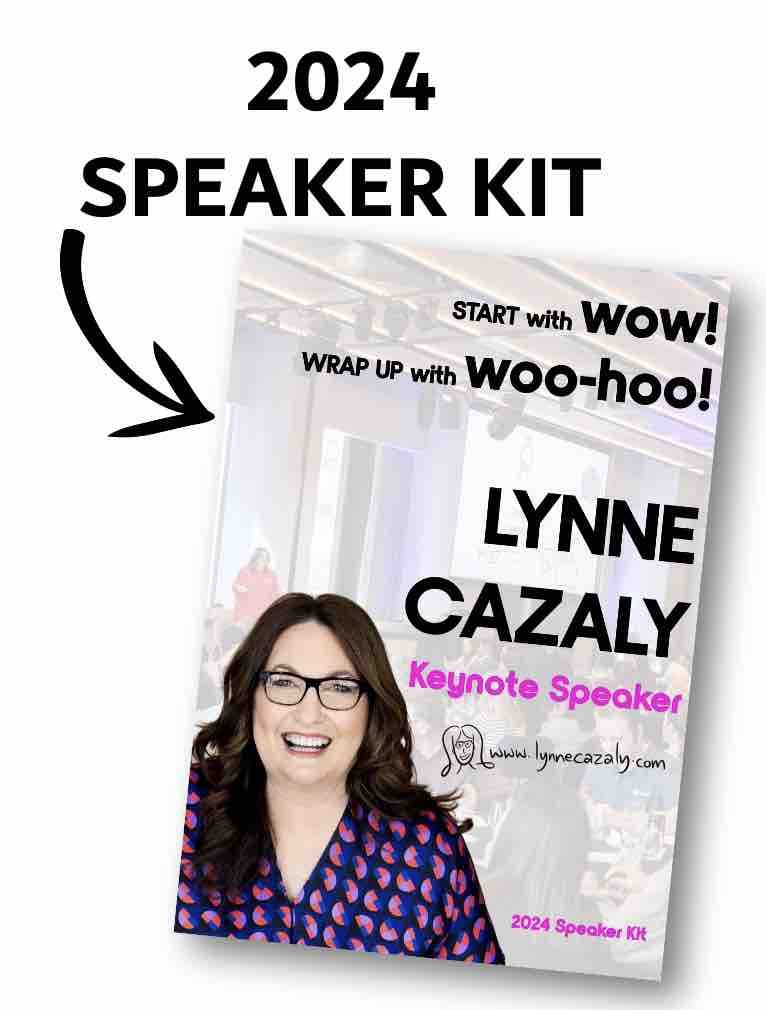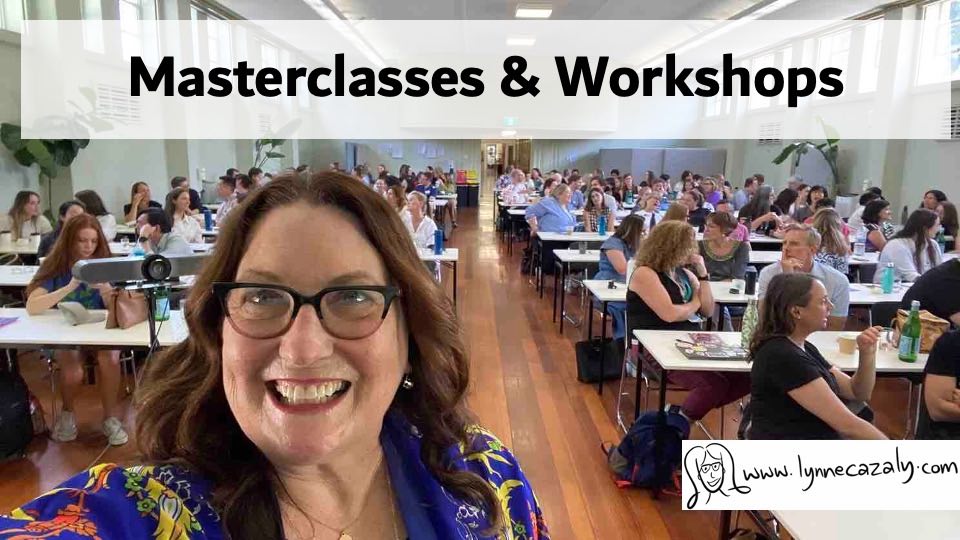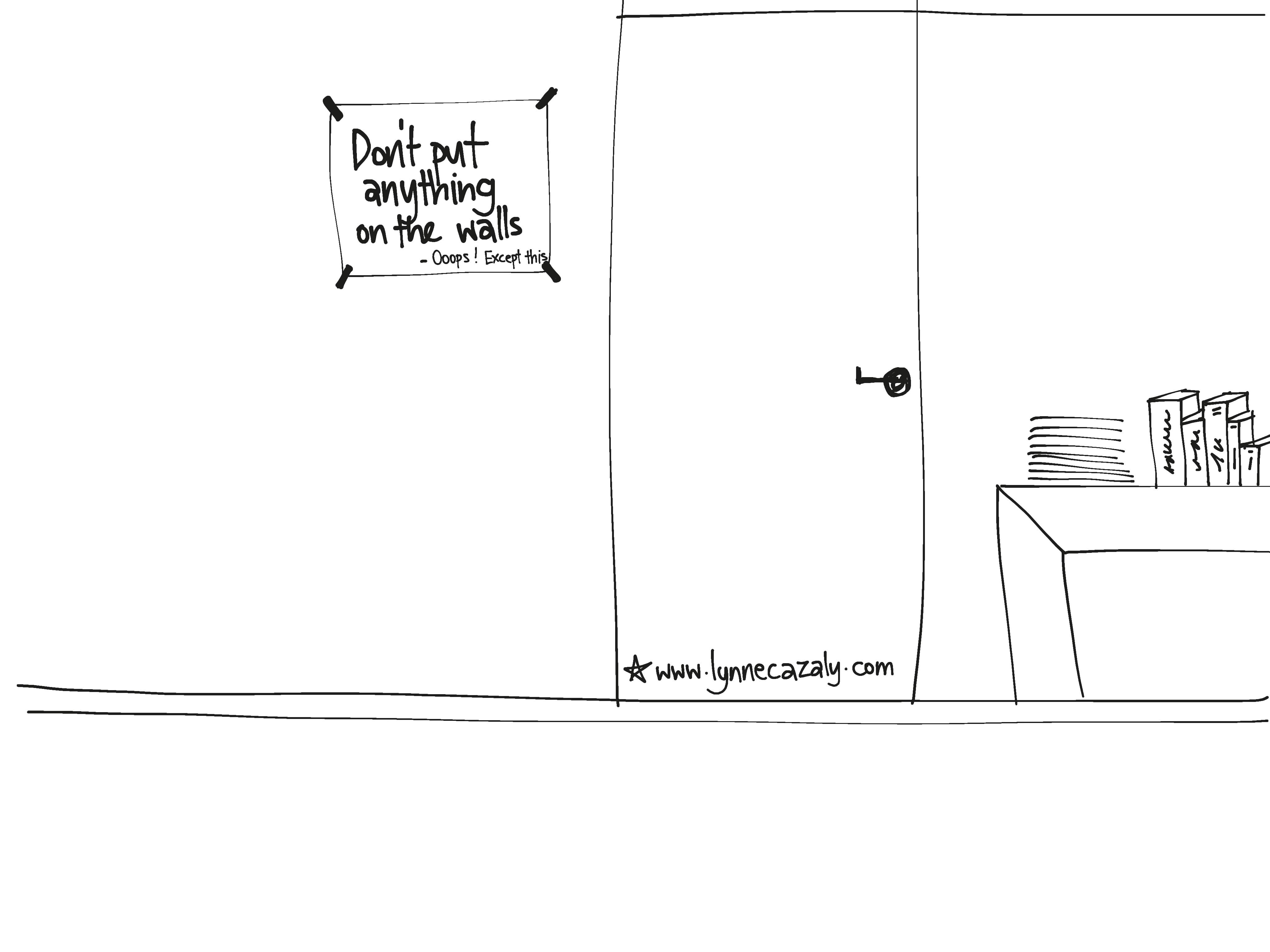Drowning in it
 Monday, April 29, 2019 at 4:19PM
Monday, April 29, 2019 at 4:19PM Drowning in it. Have you felt the ‘drowning in it’ feeling? It happens daily in meetings, or on Day 1 of a new job, drowning in all that information!
The Institute for the Future named ‘Cognitive Load Coping' as something we’ll need to be good/better/best at for the 2020s. We can't wait for a magic pill - we need to do better with information, now.
A key is understanding that cognitive overload can happen:
🌕 s-l-o-w-l-y without you barely noticing it (until you're in a daze, like at a conference), or
🌕 swiftly (when someone presents lots of complex info, data, results and - aaargh, we've lost the thread).
We can build skills to manage our own cognitive load (more on that over the coming weeks). But as leaders, we must focus and ruthlessly prioritise when presenting information to others - for their load.
TIP: Package information up in chunks that are easy for digestion. This means losing long lists of bullet points; too tough to make sense of.
Here's my infamous slide presented at a conference on Day 1. (The Day 2 speakers stayed up late deleting all their bullet points! 😆 And the presentations were better!) Ditch the list of dots, it's zzzzz. What helps your cognitive load?





















